3D metal printing is something that is very definitely here. Even though it’s new technology, it’s relatively easy to do, and very accessible. But what can you print using 3D metal printing? Let’s find out.
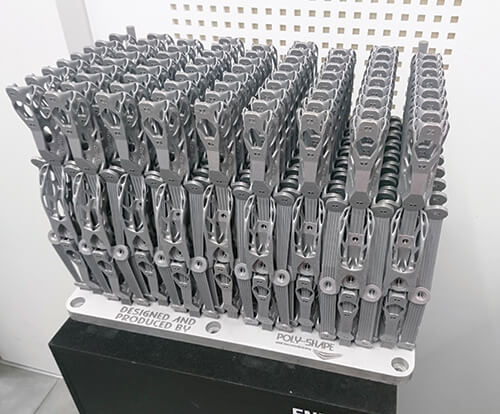
What is metal 3D printing?
3D metal printing is the process of creating 3D objects using laser based technology and powdered metals. The different types of metals that can be used in the printing process are:
- Stainless Steel
- Tool Steels
- Titanium
- Inconcel 625
There are many advantages to using 3D metal printing over traditional manufacturing processes, such as:
- Reduced lead times
- Reduction in material waste
- Reduced price for one-offs or small runs
- New design options
- Reduced manual labour
- Often safer
3D metal printing is changing the way many parts or created in low- to mid-volume production runs. These parts can often be made more quickly, more cheaply, and with less effort (than in traditional manufacturing). Also known as additive manufacturing solutions, the products are formed in a different way, often providing more freedom to produce parts that are more complex. The process doesn’t use tooling and is nearly fully automated. Traditional manufacturing will often remove material, however, 3d Metal Printing adds material allowing for more complex geometrics. Therefore, 3D metal printing is a very good option for many parts that might normally be very difficult or expensive to manufacture. Directed-energy deposition (ded additive manufacturing) is a type of additive manufacturing that involves a coaxial feed of powder or wire to an energetic source to form a melted or sintered layer on a substrate.
What is 3D metal printing good for?
Legacy parts – spare parts that are no longer provided or available from the original manufacturer. This has the potential to reduce obsolescence and extend the life of many products from kitchen appliances to cars.
Spare parts – imagine a world where instead of ordering a new part for your car to be shipped halfway around the world, you’d simply load a digital file into the printer and make your own. This is already happening for many industries and makes amazing economic sense for many others. as 3D printing becomes more widely available, this is only set to increase in popularity and availability
Prototypes – tooling is a very expensive part of production, and often only becomes economically viable for large production runs. Therefore, creating prototypes for testing can be very expensive under normal circumstances. However, using a 3D printer to create your prototype has the potential to save many companies and organisations a huge amount
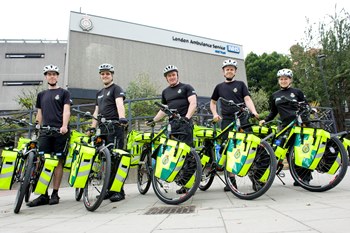


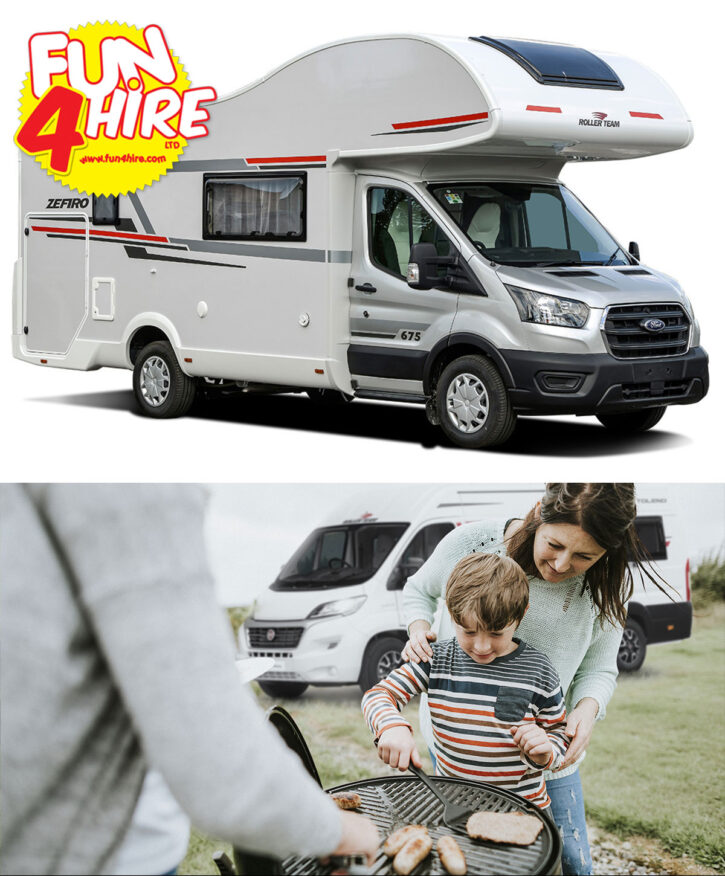
 In these uncertain times, insurance has never been more important. Suddenly we’re not sure what the future holds so we are confronted with a feeling of ‘what if?’ For example, many of us have contemplated our health and have therefore looked again at our health, and income insurance to help protect our families. Many of us are now also working from home so our home insurance is something we may need to revisit now we’re using our homes differently. Here in the UK, we’ve always been a nation of animal lovers, but the pandemic has seen an unprecedented increase in pet ownership now we have more time on our hands or to help with loneliness.
In these uncertain times, insurance has never been more important. Suddenly we’re not sure what the future holds so we are confronted with a feeling of ‘what if?’ For example, many of us have contemplated our health and have therefore looked again at our health, and income insurance to help protect our families. Many of us are now also working from home so our home insurance is something we may need to revisit now we’re using our homes differently. Here in the UK, we’ve always been a nation of animal lovers, but the pandemic has seen an unprecedented increase in pet ownership now we have more time on our hands or to help with loneliness.

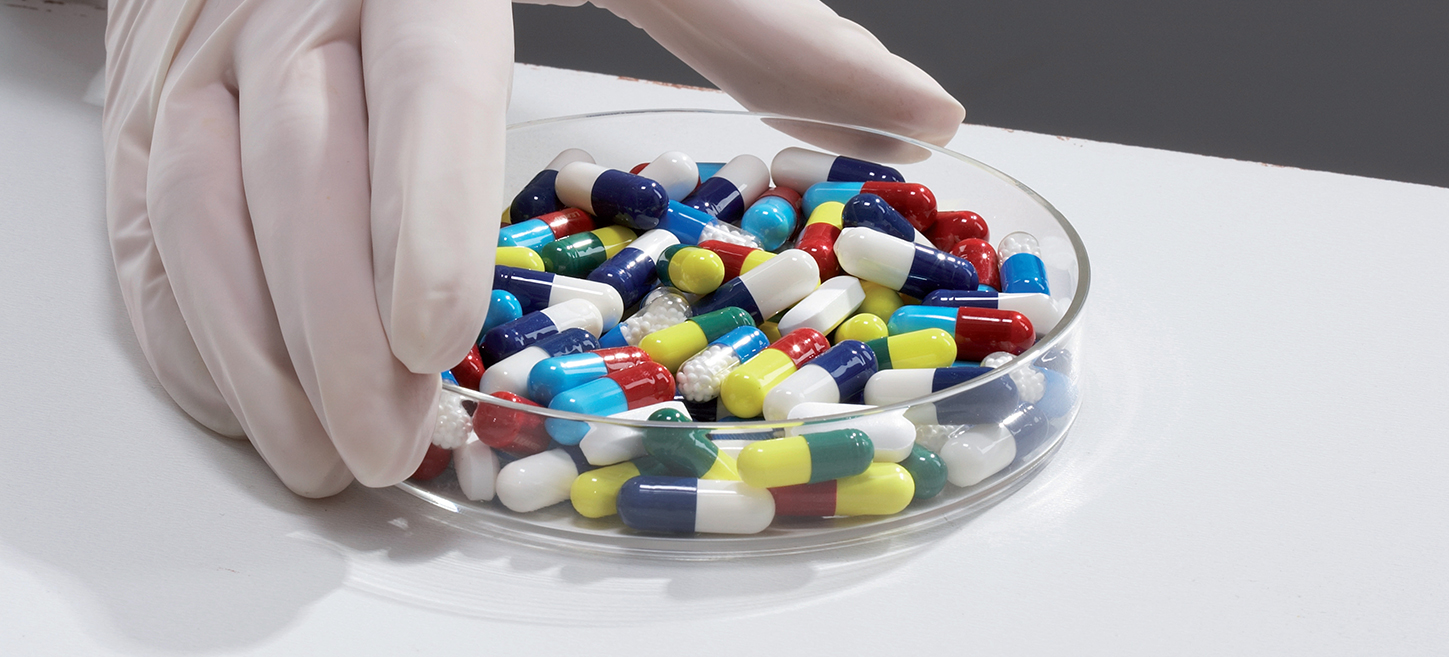
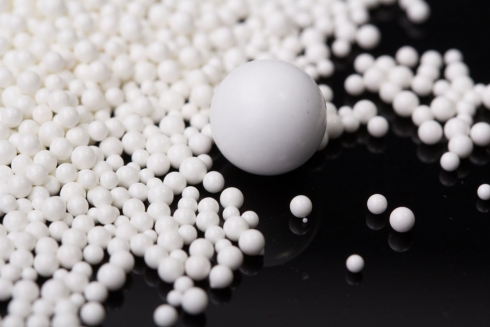
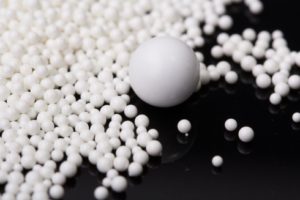 Many industries, such as the paint industries and mining, have requirements to grind materials up into fine powders, and one of the ways to do this is with
Many industries, such as the paint industries and mining, have requirements to grind materials up into fine powders, and one of the ways to do this is with 
